- Rugby Toolbox
- Resources & Education
- Learn more
- Hosting an Inclusive Workshop or Event
Hosting an Inclusive Workshop or Event
The ‘tight five’ considerations ensure a welcoming and safe environment for our wāhine.
It’s important rugby environments feel safe and welcoming for all. However, for many years these environments have been developed primarily for a male audience.
Here are five simple steps to make sure rugby is inclusive to everyone.
Be Welcoming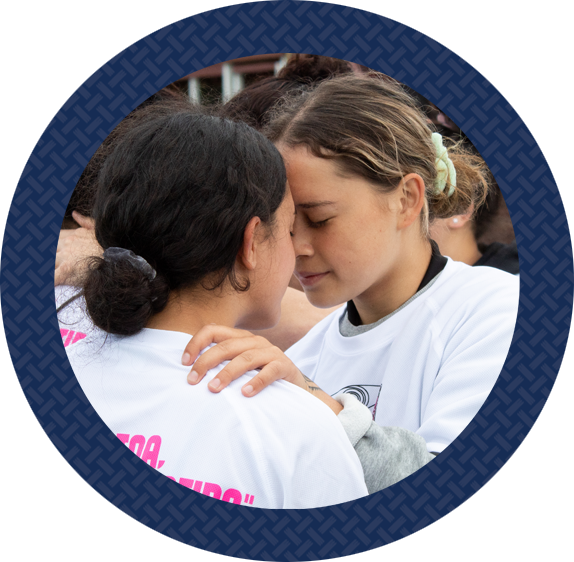
• Greet everyone
• Introduce yourself
• Connect – Make a first impression connection, go the extra mile, make small talk, and/or research them before they arrive. For some wāhine, it can take a lot of courage to walk through the door into a room full of men. It is important to connect with ALL people in the first instance.
• Know your audience – Know your audience so you can plan for your audience. If you have parents with children attending, then how have you made it a welcoming space for them? Offering an option to bring children along can break that barrier.
• Continue to create connections – Make sure they are not sitting on their own or place them in a group. They may find that comforting to start with but try to include some ‘change of state’ to encourage them to move to other groups.
Be Intentional
• Personalise invitations – Intentionally invite our wāhine because sending mass emails or posting on a Facebook may not get them through the door.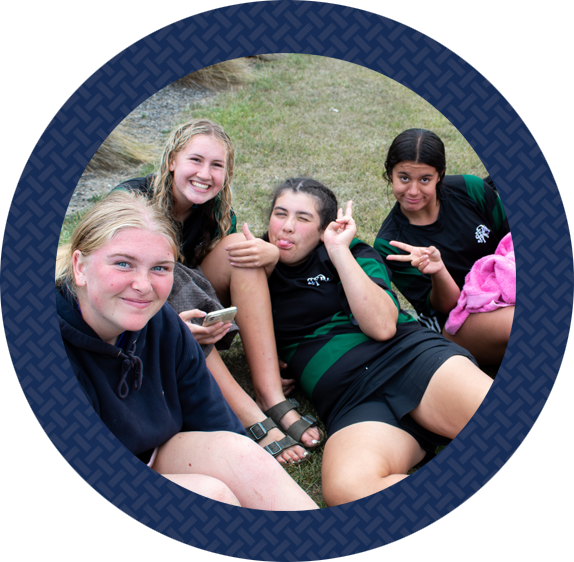
• Shoulder tap – Individually contact those that you want to attend and follow up the invite with a phone call, make it a personal invite.
• Consider hosting wāhine only events – This has proven to be an effective and safe way to engage with our wāhine particularly in rugby.
• Consider wāhine in planning and communications i.e. If you are distributing clothing, consider that sizing for wāhine is different for men, provide the option when ordering. If you only have men’s items, then communicate the difference i.e. Men’s Small is a Womens Medium.
• Create a safe space – Consider how you will make it a safe space for wāhine to ask questions.
• Wāhine Visibility – It is important to have a wāhine up front leading or co-leading with a male counterpart. It shows leadership, unity, and support.
• Content – Utilise pictures, videos, symbols that include and reflect women and girls.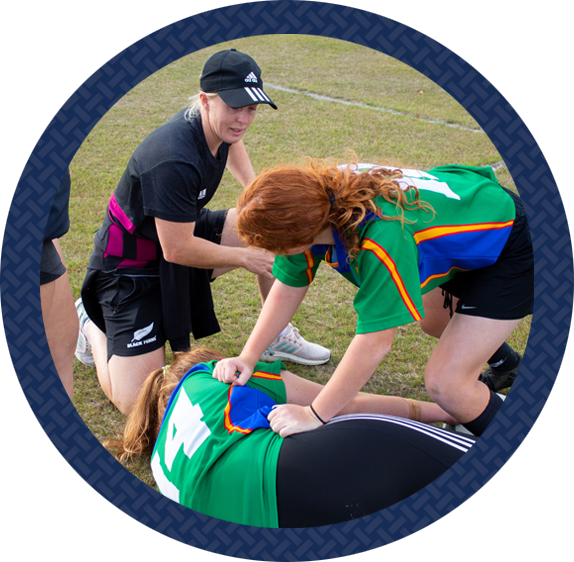
Get Consent
• Ask first – Just as we expect from our coaches, we must always ask for permission before making contact.
“Given this is a practical situation, is it ok to have physical contact?”
• Make it safe to opt out – Always provide an option to opt out of any contact.
“Opting out is ok if you do not feel comfortable with contact in this demonstration.”
Use Appropriate Language
• Use the correct non-gendered terminology – If you need to use the gender then stick to male and female.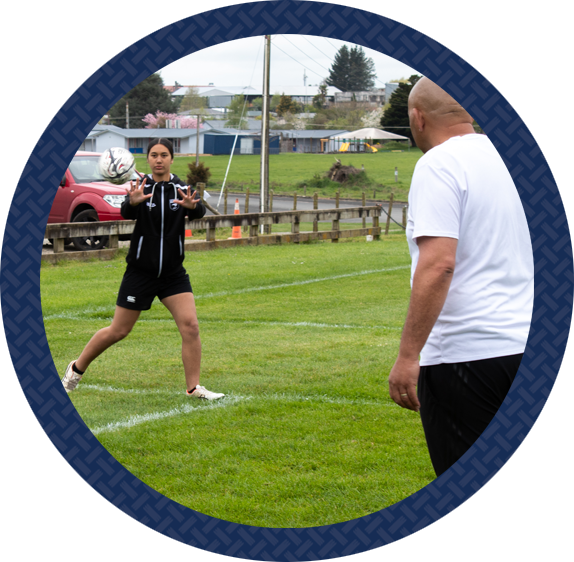
• Consider the language you use – Only use the type of language you would be comfortable using around your 5-year child or grandchild.
• Avoid rugby jargon – Know your audience, i.e. beginner coaches or new to rugby players, may not be familiar with rugby terminology, may need simple explanation.
Set Up the Facilities
• Make sure the carpark is safe – Check that it is well lit.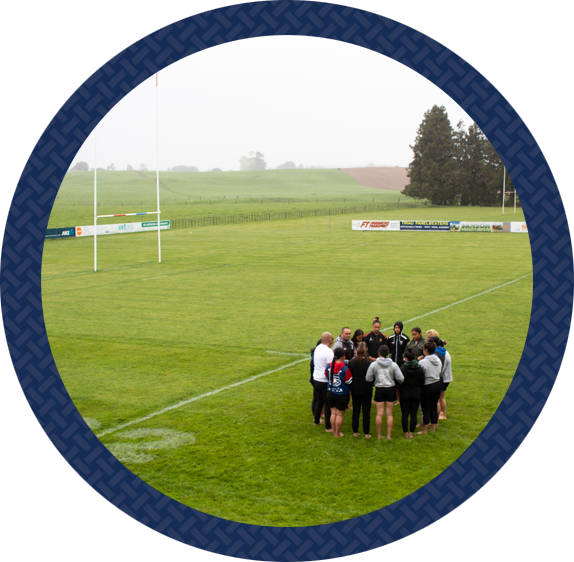
• Make sure the toilet paper stocked up in both bathrooms and sanitary bins provided in female bathrooms.
• Ensure the training fields close to toilets – If they unable to, will need to plan accordingly i.e. toilet stop times included in training plan.
• Provide changing rooms for both males and females.
• Make it a safe learning environment.